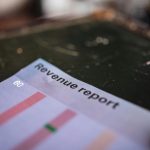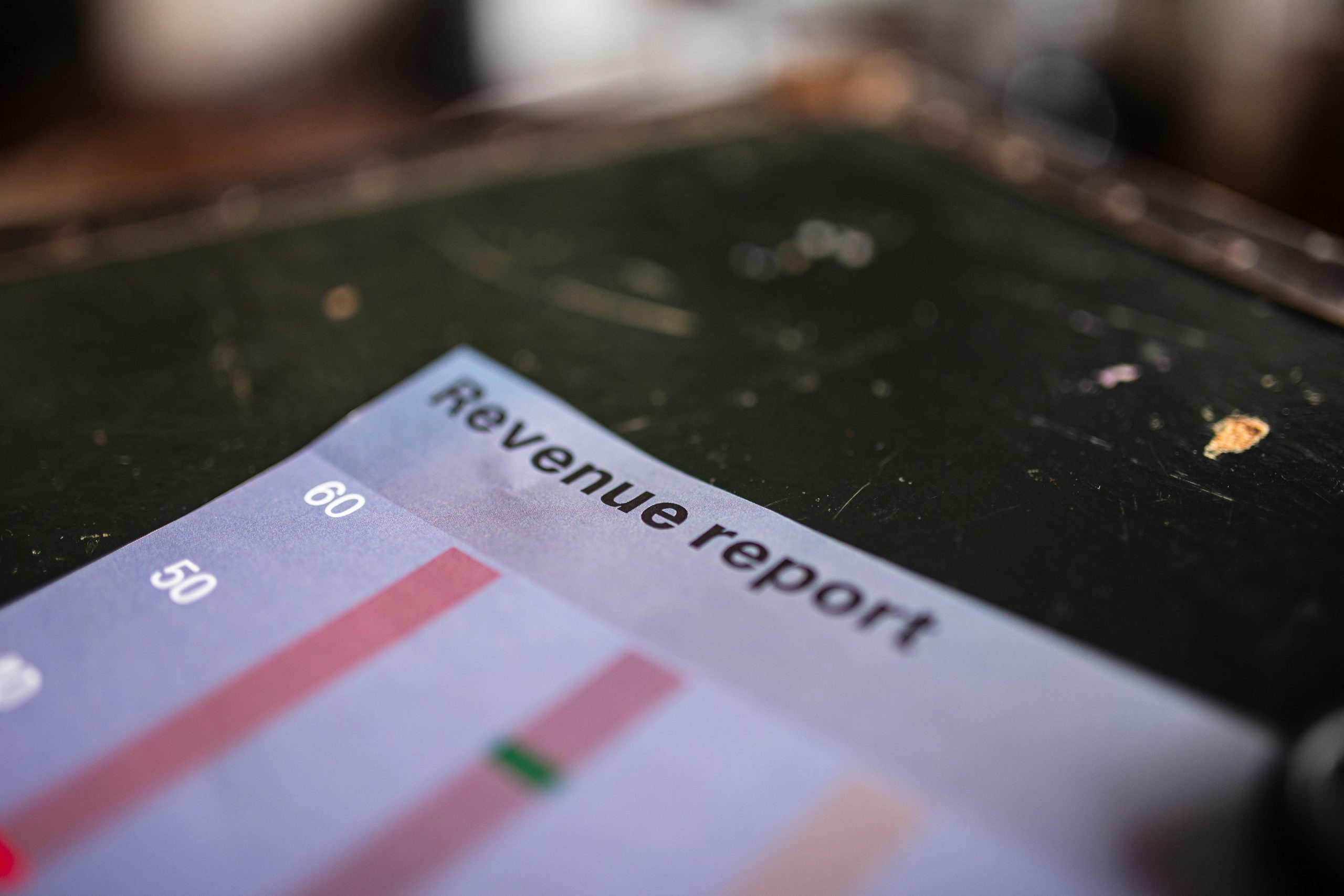
The Platform Imperative: Cultivating Loyalty in the New Agent Economy
For the emerging giant, the long-term vision transcends being a mere tool provider; the goal is to become the operating system for the next era of human-computer interaction—the conversational interface as the new desktop. The success of this platform strategy hinges almost entirely on one factor: the ability to attract, retain, and empower a vibrant, diverse community of external developers and service providers.
The strategy is a classic, yet massively scaled, network effect play. By creating an environment where external applications, bots, and autonomous agents can live natively *inside* the conversational interface, the company seeks to generate an ecosystem so rich and useful that users simply won’t leave.
The Double-Edged Sword of Ecosystem Lock-in
For a developer, building deeply into this native environment offers tremendous upside: immediate, frictionless access to an immense, engaged user base that is actively seeking out integrated services. Why build a standalone app when you can deploy an agent directly to millions of existing users through the primary interface?. Find out more about shift in user prompt demographics for AI chat apps.
The catch, of course, is the increasing cost and difficulty of porting that work elsewhere. As developers rely on proprietary APIs, unique agent frameworks, and platform-specific data formats, they become structurally dependent on the host ecosystem. This dynamic creates a powerful, self-reinforcing loop of **ecosystem lock-in**.
This situation defines the immediate future: an intense, subtle battle for developer loyalty. The entity that successfully hosts the most useful, most vibrant, and most profitable collection of integrated services will likely dictate the next paradigm of how humans interact with machines, not just what the technology can do.
The Developer Experience as a Competitive Moat
In 2025, development itself is changing. With up to 84% of developers now using AI tools daily, the focus is shifting from writing boilerplate code to engineering agentic logic and orchestrating complex workflows. Productivity gains of 20-50% are being measured in enterprises leveraging these tools.
Therefore, the platform must be more than just *accessible*; it must be the superior place to build for the future.
- API vs. Agent Frameworks: Offer granular control via traditional APIs for experts, but heavily incentivize the use of native, higher-level agent development tools that abstract complexity and deliver more leverage for less code.
- Monetization Clarity: Developers need absolute clarity on how they will be paid and how much of the value chain the platform will extract. Ambiguity here drives high-value builders toward more predictable, albeit smaller, ecosystems.
- Vertical Focus: Mirroring what competitors are doing in the cloud space, the platform needs to demonstrate deep success in specific, high-value verticals (like biotech, finance, or industrial automation) by showcasing powerful, domain-specific agents built by partners. This proves ROI for other builders.. Find out more about shift in user prompt demographics for AI chat apps tips.
- Anonymized Pattern Identification: Develop sophisticated, privacy-preserving methods to aggregate consumer usage patterns that signal emerging professional needs (e.g., a sudden cluster of users asking for complex scheduling across time zones might signal a need for a better cross-platform calendaring agent).
- The “Shadow Enterprise” Model: Treat the most complex, advanced consumer uses as ‘beta tests’ for enterprise features. If a personal user finds a novel way to chain commands to solve a complex creative problem, that chain of logic might be codified, hardened, and sold as a ‘pre-configured business process.’
- Ethical Consumption of Consumer Data: Given the increasing scrutiny on data control, the company must be impeccably transparent about what data is being used to train models and how consumer privacy is maintained, lest the consumer drift become a regulatory liability. This is a trust issue that directly impacts enterprise sales, as corporate buyers demand clean supply chains.. Find out more about Shift in user prompt demographics for AI chat apps technology.
- Internal Balance: The product must become a symbiotic entity where consumer engagement feeds the model and enterprise contracts fund its future—not an either/or proposition.
- Financial Discipline: The burn rate must be viewed as a finite resource that can only be justified by accelerating the monetization of the platform’s unique intelligence layer.
- External Compliance: The expansion strategy must demonstrate a commitment to an open ecosystem where possible, even while building proprietary advantages where necessary, to proactively manage regulatory risk.
The counter-movement, often advocated by hardware and cloud companies, is a push for **data sovereignty and flexibility**, arguing against lock-in by allowing AI capabilities to run wherever the data already lives. The giant must counter this by making the developer experience *so compelling* within its walls that the friction of moving data and logic to a competitor’s environment outweighs the perceived benefit of architectural flexibility. See our analysis on optimizing developer revenue share models.
The Financial Tightrope: Connecting Consumer Engagement to Enterprise Profit
We must return to the central conflict: the expensive, speculative research required to build the future, funded by a user base that behaves like a mass-market consumer product. The bridge between the two—the lifeline for financial viability—is the enterprise segment, and its health is directly tied to the health of the consumer experience.
Data Quality and the Enterprise Feedback Loop
The consumer drift, while seemingly antithetical to the enterprise goal, actually generates a critical resource: data volume and diversity. A massive, active consumer base generates signals that are impossible to replicate in a closed enterprise testing environment. These signals help inoculate the foundational models against edge cases, unexpected adversarial inputs, and errors that only real-world, varied interaction can reveal. This is a powerful, albeit costly, form of R&D insurance.. Find out more about shift in user prompt demographics for AI chat apps strategies.
The challenge is translating this high volume of consumer *activity* into high-quality enterprise *insights* that can be productized.
The enterprise segment must evolve faster than the burn rate. It must not only adopt existing technology but also act as the crucial feedback mechanism that validates the massive investment in the frontier research driven by consumer scale. Our guide on measuring enterprise AI adoption velocity remains essential reading here.
Conclusion: The Next 18 Months Define the Paradigm
As of October 22, 2025, the organization stands at a defining nexus. Its success is measured by two fundamentally opposed metrics: the sheer breadth of its personal adoption (the consumer drift) and the depth of its enterprise monetization (the viability ledger). The external world, meanwhile, is moving to impose structural checks on its influence via antitrust enforcement focused on distribution control and data concentration.
The journey toward becoming the undisputed giant is not guaranteed by today’s valuation; it is guaranteed only by successfully integrating these competing realities:. Find out more about Antitrust concerns over foundational model control technology guide.
The next 18 months will reveal whether this entity can successfully transform from a hot, high-potential private company into a sustainable, enduring technological utility. The groundwork laid now—in developer loyalty, in financial prioritization, and in navigating regulatory scrutiny—will determine if they dictate the next paradigm of computing or become a cautionary tale of overreach.. Find out more about Balancing consumer feature demand with enterprise development insights information.
Your Next Move: Engaging the Platform Tension
For those building on, investing in, or competing against this giant, the key takeaway is this: The battlefield is the developer ecosystem.
Actionable Takeaway for Developers/Competitors: Do not fight the core model’s strength; fight the platform’s *exclusivity*. Look for open-source alternatives in model architectures or push for open data standards that reduce the cost of porting your valuable application logic away from the dominant, proprietary environment. The long-term viability of any single-platform approach is precisely what regulators are looking to break.
What do you see as the single biggest long-term risk to this organization: user burnout from feature bloat, a major regulatory blow, or simply running out of capital before the enterprise revenue catches up? Share your perspective below—the conversation about shaping the future of technology needs every informed voice.










